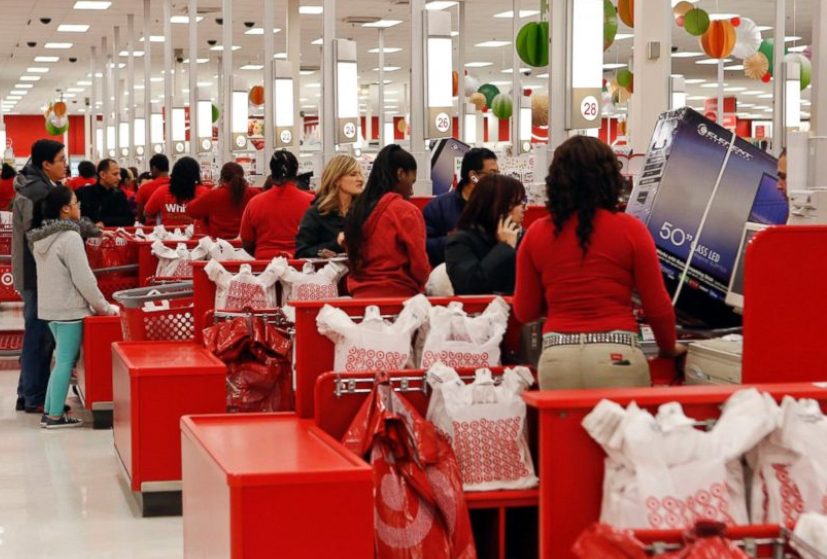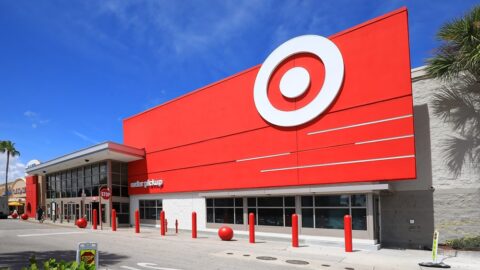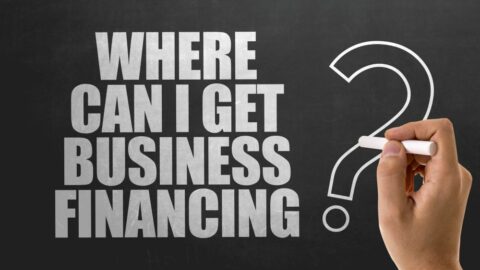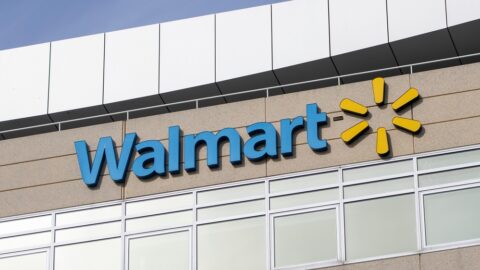In 2017, the stories of retail bankruptcies, store closures and the decline of department stores conveyed a bleak outlook for the state of retail, giving rise to the term “retail apocalypse.” But one year later, it appears the industry has gone a long way toward righting itself, with some of retail’s top players leading the way in Q2.
Walmart, Target, The Home Depot and TJX all had excellent financial quarters, with the troubled department store sector even experiencing a slight bounceback (excepting JCPenney) on the strength of continued reinvestments. Urban Outfitters, the biggest winner of Q2, is something of a surprise. The retailer’s success showed that fashion and apparel can perform if fast inventory churn and low markdown rates are executed properly.
Statistics from numerous associations back up the assertion that retail has made its way to a pleasant spot. In July, retail sales were up 0.4% on a seasonally adjusted month-to-month basis, an increase of 4.9% unadjusted year-over-year, according to data from The National Retail Federation (NRF). Citing the strong job market, NRF also boosted its 2018 sales growth forecastto a minimum of 4.5%.In February the association had initially predicted retail sales would climb 3.8% to 4.4% this year compared to 2017.
The Thomson Reuters Same Store Sales Index calculated a 3.3% Q2 2018 growth across retail, well ahead of the 1.2% SSS result posted in Q2 2017. Of the 38 retailers that reported Q2 Same Store Sales prior to the Index release, 59% exceeded estimates; 3% matched while 38% missed.
“The retail apocalypse that everyone had been talking about really hasn’t happened,” said Eric Rosenthal, a Senior Director of Leveraged Finance at Fitch Ratings.
Target, Walmart Fire On All Cylinders
Target and Walmart showed that their enormous investments in stores, fulfillment and online offerings are all paying off in a major way. While Walmart saw its largest same-store sales growth in a decade, Target managed to outdo that number with its best performance in 13 years.
Walmart continues to make a strong push with its U.S. online sales, which climbed 40% — a sign that changes like the new web site redesign and grocery delivery options are paying off. The retailer still anticipates an increase of 40% for the full year.
Target mirrored its rival’s digital numbers, with 41% online revenue growth. But even more impressively, traffic to Target’s stores rose 6.4% during Q2 — the biggest increase since it started recording the metric in 2008. These positive results were a long time coming for both retailers, particularly since they have both spent billions to tailor a shopping experience that rivals Amazon.
Department Stores Continue Their Rebound
Nordstrom, which has bucked the negative trends of its department store counterparts for more than a year now, had a successful quarter, with comparable stores sales increasing 4.1% at full-price locations and 4% at off-price stores. Nordstrom also happens to have continued to prioritize technology and fulfillment-related spending; the retailer is projected to allot 43% of its capital expenditures to these departments over the next five years.
Kohl’s posted same-store sales growth of 4.3% in Q2 and boosted its gross margin rate from 39.1% to 39.5%. The department store has continued its quest to improve inventory management, reducinginventory per store by approximately 8%, and has cut its lead times for private label product by approximately 30%. This reduced cycle time enables Kohl’s to make decisions closer to the time of a customer purchase, which mitigates inventory risk.
“The major department stores that have performed well have continued to focus on speed-to-market and inventory efficiency, which are critical to improving the customer experience as well as profitability,” said Christina Boni, VP of Moody’s in commentary provided to Retail TouchPoints.
Department stores on the whole are doing more to transform and upgrade their e-Commerce offerings: these retailers now transact more than 22% of their total sales online, well above the estimated 13% average online penetration for the broader retail industry for fiscal 2018, according to a report from Moody’s.
And compared to the rest of the retail, department stores are investing more back into their businesses. Department store capital expenditures represent 3.4% of total sales, much more than the 2.2% of total sales for non-apparel retailers, the Moody’s report said.
TJX, Ross Stores Illustrate Off-Price Is ‘Here To Stay’
TJX continues to be a major hit with consumers due to its deep discounts for designer quality goods, clocking its 16th consecutive quarter of growing customer traffic within its stores, contributing to a net profit jump of 34%. Same-store sales rose 6% in Q2, easily beating the 2.2% increase expected by Thomson Reuters analysts. The off-price retailer has consistently weathered the retail storm even in rough times, and is building itself up for the future with new customers across its divisions, including younger consumers, according to CEO Ernie Herrman.
Chief competitor Ross Stores saw same-store sales climb 5%, with income jumping 19%, but the bigger news is that the retailer just keeps growing. In June and July alone, Ross opened multiple stores in two different concepts — 22 Ross Dress for Less locations across 12 states, and eight new locations for its home goods chain dd’s DISCOUNTS. The retailer raised its long-term projected store locations target from 2,500 to 3,000.
“The prime target market for Ross includes the same shoppers that frequent T.J.Maxx/Marshalls and additionally a less affluent clientele,” said Ken Morris, Principal of BRP in a RetailWire discussion. “This market would appear to be getting pretty saturated. If you add in the 631 Burlington coat stores into the mix, that’s 4,586 off-price apparel retail stores, but the sales keep increasing for all, even in a super-heated economy. When the next economic downturn materializes, as it certainly will, these stores will continue their climb — off-price is here to stay.”
Urban Outfitters Has Banner Quarter With 13% Comp Sales Boost
Full-price apparel hasn’t been able to consistently reel in shoppers the way off-price has in recent years, but Urban Outfitters not only pulled it off, it exceeded expectations. The retailer posted record Q2 sales and earnings per share, with its three retail segments seeing double-digit comparable store sales increases: 17% at Free People, 15% at Urban Outfitters and 11% at the Anthropologie Group. The 13% increase in same-store sales across the segments was the highest of all retailers tracked by Thomson Reuters, beating Crocs (11.8%) and Aritzia (10.9%).
The retailer’s success stems from both its brick-and-mortar and e-Commerce operations, with the company noting that both channels saw “double-digit” sales increases (a modern rarity for brick-and-mortar businesses), with the number of total global digital consumers increasing approximately 20%.
“Even though the digital comps continued to outpace stores, total store comps were the best they have been in eight years,” said Richard Hayne, CEO of Urban Outfitters in an earnings call. Hayne noted that traffic and average ticket price increased across brands throughout the quarter as well, while often-troublesome markdowns dipped. “The markdown rate improved at all brands, but we believe opportunity remains for further improvement in the back half of the year, especially at the Anthropologie brands.”













